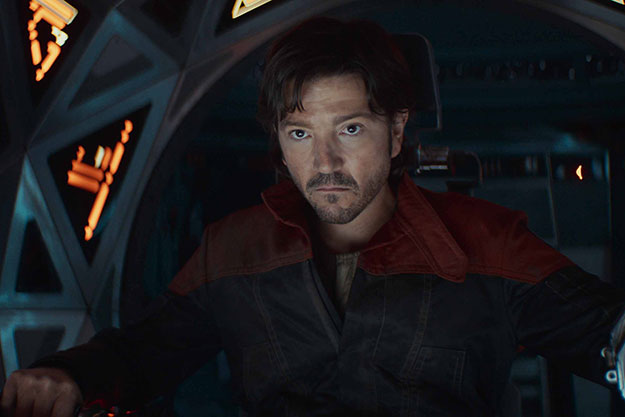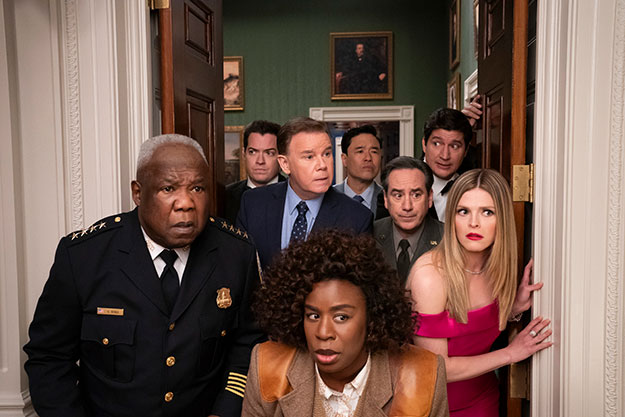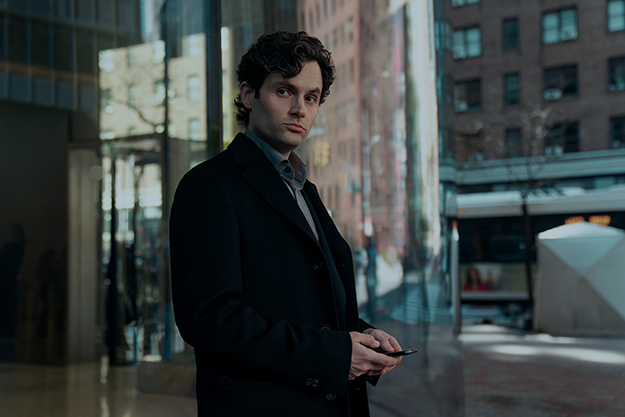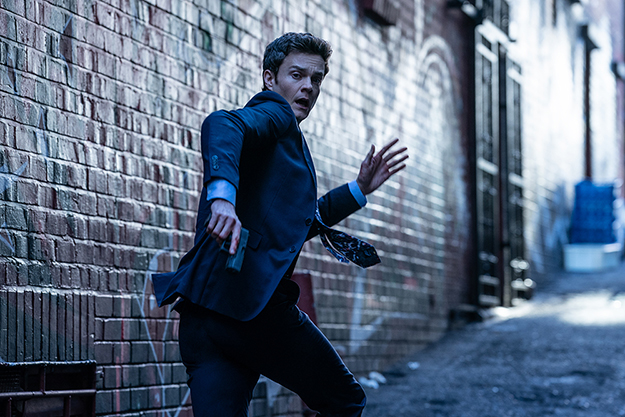Nat Geo’s ‘LA 92’ Revisits the Los Angeles Riots on Their 25th Anniversary
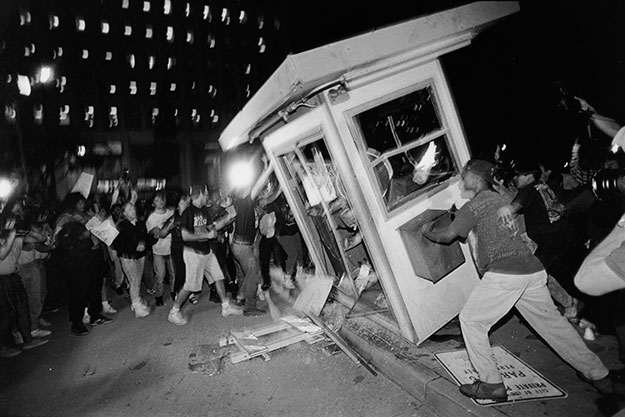
Ferguson. Baltimore. Sanford. The Los Angeles riots may have taken place a quarter century ago but the nation continues to find itself in a cycle of heated discussion over racial oppression, police brutality and socioeconomic inequality. Now, after 25 years, National Geographic Documentary Films presents LA 92, a riveting look back at the controversial Rodney King trial and subsequent protests, violence and looting of the city. Viewed from a multitude of vantage points through visceral and rarely seen archival footage, the film brings a fresh perspective to a pivotal moment that reverberates to this day.
Produced by Lightbox’s two-time Academy Award winner Simon Chinn (“Man on Wire”) and Emmy winner Jonathan Chinn (“American High”) with Academy Award-winning directors Dan Lindsay and TJ Martin (“Undefeated”), and featuring original music from Danny Bensi and Saunder Jurriaans (“OA,” “Enemy”), LA 92 makes its television broadcast debut on National Geographic and in Spanish on Nat Geo Mundo on Sunday, April 30, at 9/8c and will also air globally in 171 countries and 45 languages. Furthering the national conversation, National Geographic has also partnered with Picture Motion to provide free screenings of the film to colleges and universities nationwide and has developed a robust free discussion guide to accompany the film.
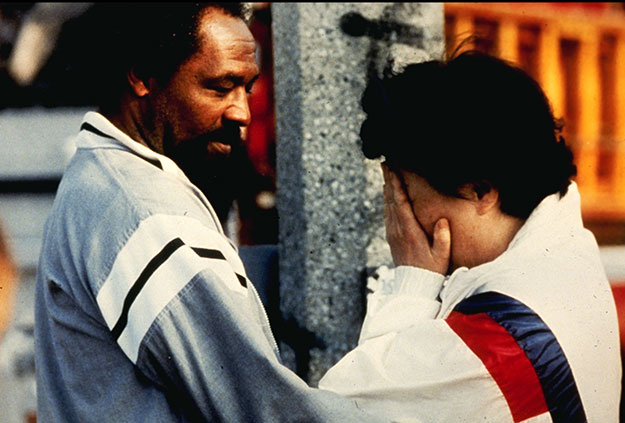
Using no narration or talking head interviews, the filmmakers decided to take a bold approach: to reconstruct the tumultuous events that unfolded in 1992 by exclusively using archival footage and photographs. Culling thousands of hours of visceral broadcast news footage, radio reports, police files and personal home videos — some of which have never been broadcast — the filmmakers tell the story through a variety of different points of view and perspectives and set it all to a rich orchestral score composed by Danny Bensi and Saunder Jurriaans.
The filmmakers sourced an intricate network of citizen journalists with boots on the ground during the civil disturbance to bring authenticity to the film. The film features never-before-seen and rarely used footage from the Los Angeles First AME Church, which supported many victims of the violence; materials from the Los Angeles police and fire departments; and video from contemporaneous news broadcasts from LA-based Korean-language television stations. LA 92 takes viewers out of the prism of their own cultural, racial and political perspectives and allows them to see the events of 1992 in a new light.
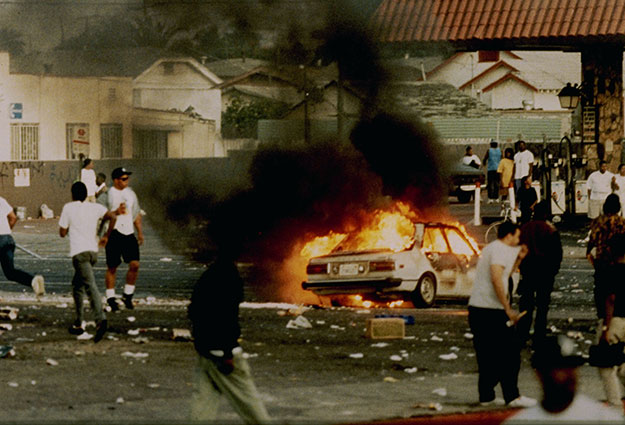
The film captures the shock, disappointment and fury felt by many Angelenos, particularly those in the African-American community, following the outcomes of two back-to-back, highly publicized trials. In November 1991, a Korean convenience store owner who was convicted of fatally shooting African-American teenager Latasha Harlins was given no jail time by a white Los Angeles judge. Six months later, four police officers caught on videotape brutally beating unarmed black motorist Rodney King were acquitted of assault by a predominantly white Simi Valley jury.
The King verdict sparked a wave of violent protests, looting and arson that lasted several days and left more than 50 people dead, thousands injured and large swaths of Los Angeles — including many Korean-American-owned businesses — in ruins. In the case of the King beating, it was the first time the kind of abuse many had witnessed or experienced at the hands of LAPD officers was recorded and broadcast for the world to see, leaving some with the sense that if justice did not prevail despite such graphic evidence, it never would.






